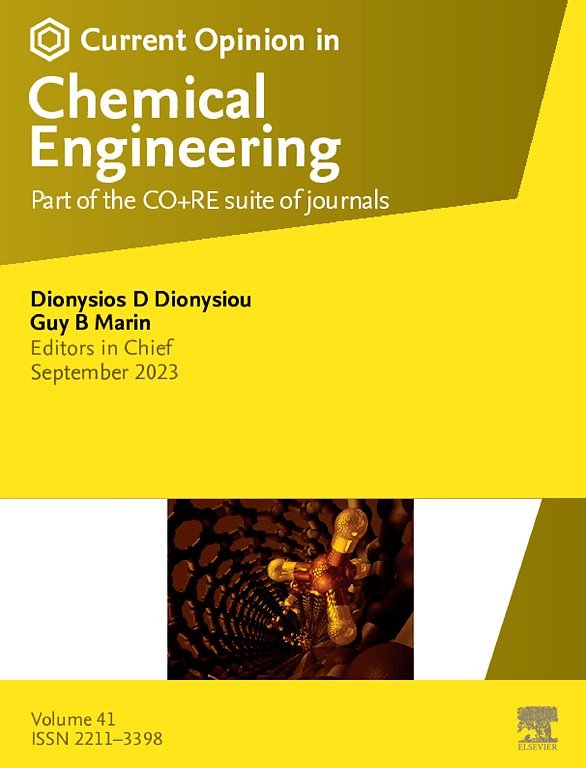水动力空化在植物资源提取中的产业化研究
IF 6.8
2区 工程技术
Q1 BIOTECHNOLOGY & APPLIED MICROBIOLOGY
引用次数: 0
摘要
大量的证据表明,控制流体动力空化(HC)工艺在提取植物资源方面具有突出的有效性和效率,并且符合天然产物绿色提取的原则。一些应用,如制造某些蔬菜饮料和啤酒,为工业应用提供了相当大的潜力。然而,对创新的抵制以及更换或整合现有设施所需的资本成本问题可能是重要的障碍。进一步有前景的应用领域是从植物资源中制造富含生物活性化合物的干提取物。然而,除水步骤占能源消耗的大部分,因此应使用尽可能高的生物质浓度,这使得设计和测试有效的策略来加强空化成为研究的重点。这篇简短的综述调查了最近的研究,并对HC工艺的实际工业化提出了切实可行的建议。本文章由计算机程序翻译,如有差异,请以英文原文为准。
Industrialization of hydrodynamic cavitation in plant resource extraction
Substantial evidence has accumulated about the outstanding effectiveness and efficiency of controlled hydrodynamic cavitation (HC) processes for extracting plant resources, as well as its compliance with the principles of green extraction of natural products. A few applications, such as the manufacturing of certain vegetable beverages and beer, offer considerable potential for industrial applications. However, resistance to innovation and possibly the issue of capital costs needed to replace or integrate existing installations can represent important barriers. Further promising application fields concern the manufacturing of dry extracts rich in bioactive compounds from plant resources. However, water removal steps account for most of the energy consumption, thus as high as possible biomass concentration should be used, which sets the design and test of effective strategies to intensify cavitation as a research priority. This short review surveys the most recent studies and proposes practical recommendations toward the actual industrialization of HC processes.
求助全文
通过发布文献求助,成功后即可免费获取论文全文。
去求助
来源期刊

Current Opinion in Chemical Engineering
BIOTECHNOLOGY & APPLIED MICROBIOLOGYENGINE-ENGINEERING, CHEMICAL
CiteScore
12.80
自引率
3.00%
发文量
114
期刊介绍:
Current Opinion in Chemical Engineering is devoted to bringing forth short and focused review articles written by experts on current advances in different areas of chemical engineering. Only invited review articles will be published.
The goals of each review article in Current Opinion in Chemical Engineering are:
1. To acquaint the reader/researcher with the most important recent papers in the given topic.
2. To provide the reader with the views/opinions of the expert in each topic.
The reviews are short (about 2500 words or 5-10 printed pages with figures) and serve as an invaluable source of information for researchers, teachers, professionals and students. The reviews also aim to stimulate exchange of ideas among experts.
Themed sections:
Each review will focus on particular aspects of one of the following themed sections of chemical engineering:
1. Nanotechnology
2. Energy and environmental engineering
3. Biotechnology and bioprocess engineering
4. Biological engineering (covering tissue engineering, regenerative medicine, drug delivery)
5. Separation engineering (covering membrane technologies, adsorbents, desalination, distillation etc.)
6. Materials engineering (covering biomaterials, inorganic especially ceramic materials, nanostructured materials).
7. Process systems engineering
8. Reaction engineering and catalysis.
 求助内容:
求助内容: 应助结果提醒方式:
应助结果提醒方式:


